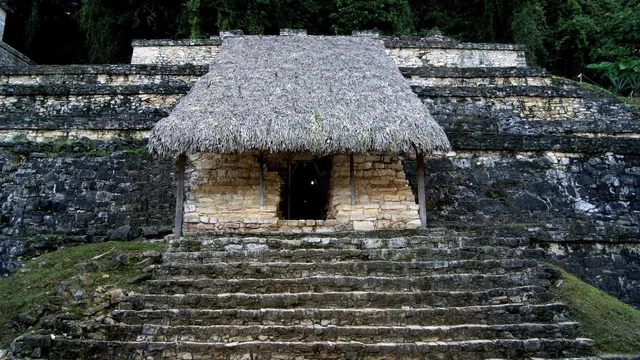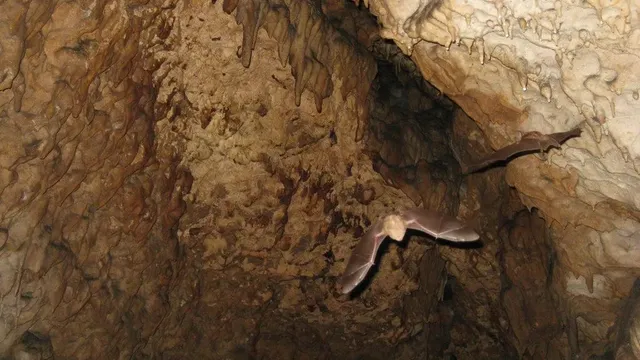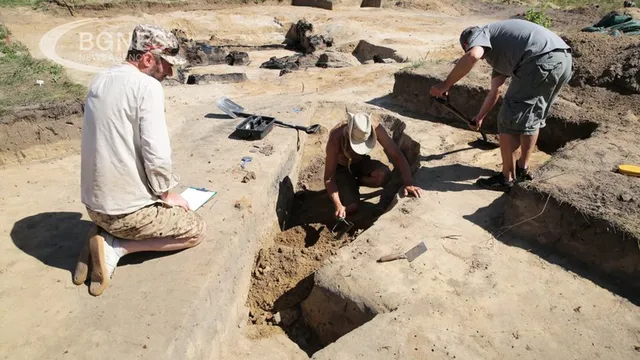It sounds like the beginning of an adventure film, but this is the true story of a lost city.
Nestled in the Montes Azules Biosphere Reserve in Mexico, the Mayan city of Sak-Bahlán disappeared from the map more than 300 years ago. Thanks to the analysis of colonial archives and computer modeling, archaeologists have managed to unravel this historical enigma.
The fortress, which locals call "The Land of the White Jaguar," was the last capital of the Lacandon rebels, a Mayan people who refused to submit to the Spanish. Abandoned around 1721, this city was overlooked by archaeological expeditions and Spanish conquests in the 17th and 18th centuries.
According to Popular Mechanics magazine, the rediscovery of the building was made possible by cutting-edge technology: predictive modeling using geographic information systems. This was greatly facilitated by information from a 327-year-old letter written by a Spanish monk named Diego de Rivas, which describes in detail the route taken by soldiers leaving the city in 1698. By combining this information with reconstructed pre-Hispanic routes, topography, and current vegetation, researchers identified areas to explore.
"It was the most difficult expedition of my life, but we found exactly what we were looking for," said Josué Lozada Toledo, an archaeologist who participated in the mission. After several days of expeditions in the dense vegetation of Chiapas, near the border with Guatemala, Josué Losada Toledo and his team discovered stone ruins, ceramics, tools, and even the remains of a colonial church. In the late 16th and early 18th centuries, Sac-Bahlán was a refuge for the Lacandones, the last Maya who resisted Spanish rule. At that time, the rainforests of Lacandon provided a safe haven for these people, who sought refuge in inaccessible areas. Their independence ended in 1695 when the city was accidentally discovered by a monk, before being abandoned in 1721 and completely swallowed up by the jungle.
"This discovery reveals the history of Chiapas and the resilience of the indigenous population," emphasizes Josué Lozada Toledo. According to him, "it also tells the story of the daily life and customs of ordinary people, often absent from the great pages of history." I BGNES

 Breaking news
Breaking news
 Europe
Europe
 Bulgaria
Bulgaria







